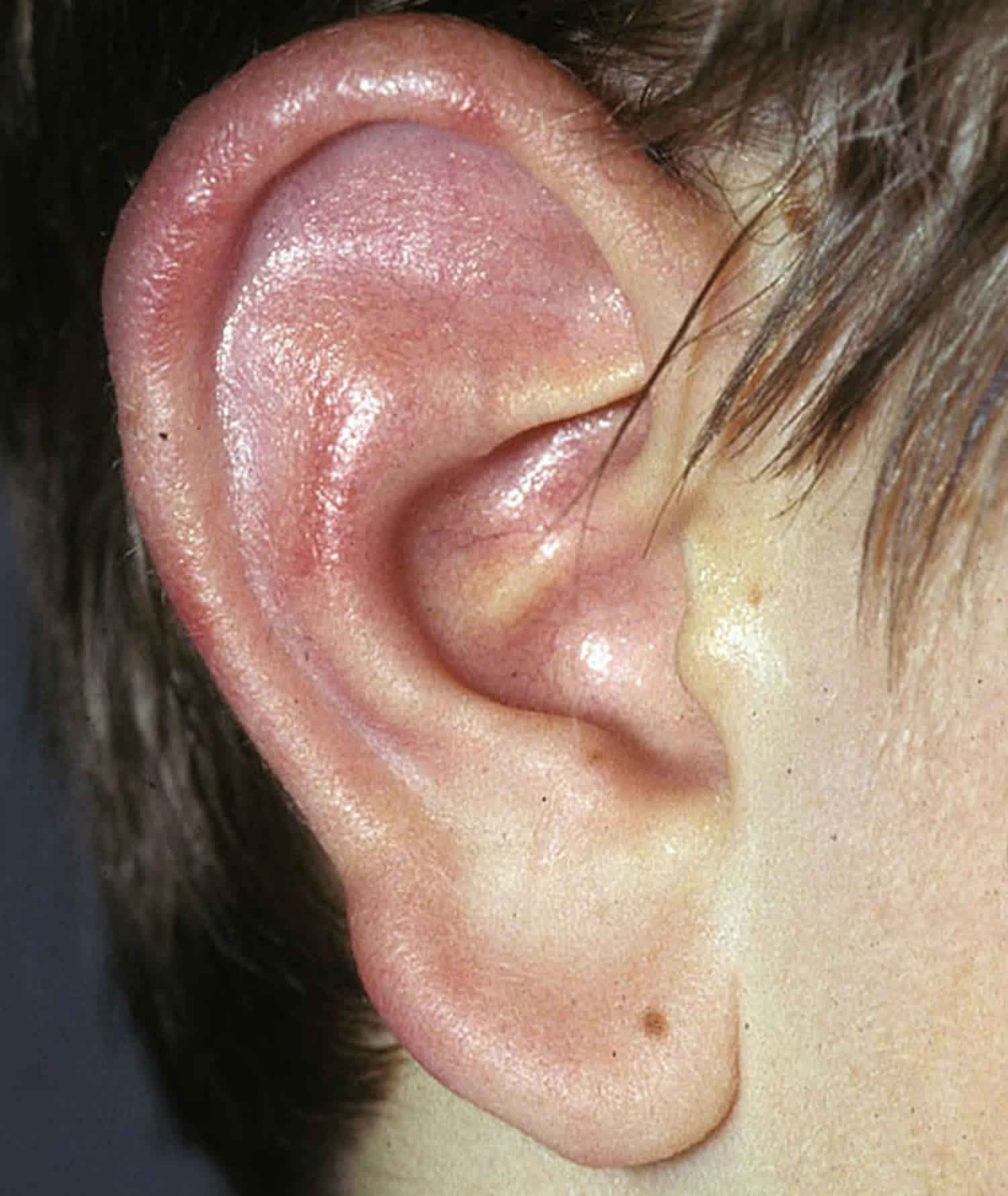Frostnip
Frostnip also known as first-degree frostbite, is a nonfreezing cold injury in which the chilled areas of skin become numb, swollen, and red 1. Frostnip is a milder form (reversible form) of frostbite that is superficial and has no ice crystal formation and no tissue loss or destruction 2. Like frostbite, frostnip develops from cold exposure, but it is much less severe than frostbite. Frostnip occurs in people who live in very cold climates or do a lot of outdoor activity in winter. It involves the top layer of skin (epidermis) and presents as numbed skin that has turned white in color. The skin may feel stiff to touch, but the tissue underneath is still warm and soft. Clinically, the skin blanches and has transient numbness but this resolves completely with rewarming 3. Blistering, infection or scarring seldom occurs if frost nip is treated promptly. The only treatment needed is warming the area for a few minutes. During warming, the area may hurt or itch intensely. No permanent damage results, although sometimes the area is particularly sensitive to cold for months or years afterward.
Classically, frostnip injuries were common in military personnel 4. However, with the increase in technology and accessibility, recreational sports have become a significant repository for frostnip cases. Homeless populations, children, and the elderly are especially vulnerable to frostnip. Risk factors include behavioral (lack of clothing, alcohol/drug consumption, access to shelter), physiological (dehydration, high altitudes, hypoxia), and other comorbidities with a predilection for tissue hypoxia (diabetes, peripheral vascular disease, Raynaud phenomenon) 5.
Frostnip causes
Skin exposure to freezing conditions causes frostnip. Prolonged duration and lower temperatures increase the likelihood and the extent of the injury. Certain pre-existing conditions may worsen tissue injury because of frostbite, including peripheral vascular disease, malnutrition, Raynaud’s disease, diabetes mellitus, tobacco use, etc 6. A unifying pattern among these conditions is poor impaired internal organ insulation or dysfunctional vasculature.
Frostnip symptoms
Frostnip, a mild form of frostbite, irritates the skin, causing redness and a cold feeling followed by numbness and associated with paresthesias (pins and needles) that resolve after rewarming. Frostnip doesn’t permanently damage the skin. Children who spend long periods of time playing outdoors in the winter or skiers at the end of the day can find that they’ve developed frostnip on the fingers and toes.
Frostnip treatment
Gentle rewarming with warm (not hot!) water for a few minutes is helpful in recovery. During warming, the area may hurt or itch intensely. No permanent damage results, although sometimes the area is particularly sensitive to cold for months or years afterward.
- Nonfreezing Tissue Injuries. https://www.merckmanuals.com/home/injuries-and-poisoning/cold-injuries/nonfreezing-tissue-injuries[↩]
- Frostbite. https://emedicine.medscape.com/article/926249-overview[↩]
- Johnston DL, Halton JM, Madden J, Briggs V, Chou S. Case 1: What a cheek!. Paediatr Child Health. 2007;12(7):575–578. doi:10.1093/pch/12.7.575 https://www.ncbi.nlm.nih.gov/pmc/articles/PMC2528788[↩]
- Heil KM, Oakley EHN, Wood AM. British Military freezing cold injuries: a 13-year review. Journal of the Royal Army Medical Corps 2016;162:413-418.[↩]
- Imray CH, Oakley EH. Cold still kills: cold-related illnesses in military practice freezing and non-freezing cold injury. J R Army Med Corps. 2005 Dec;151(4):218-22.[↩]
- Basit H, Wallen TJ, Dudley C. Frostbite. [Updated 2019 May 6]. In: StatPearls [Internet]. Treasure Island (FL): StatPearls Publishing; 2019 Jan-. Available from: https://www.ncbi.nlm.nih.gov/books/NBK536914[↩]





